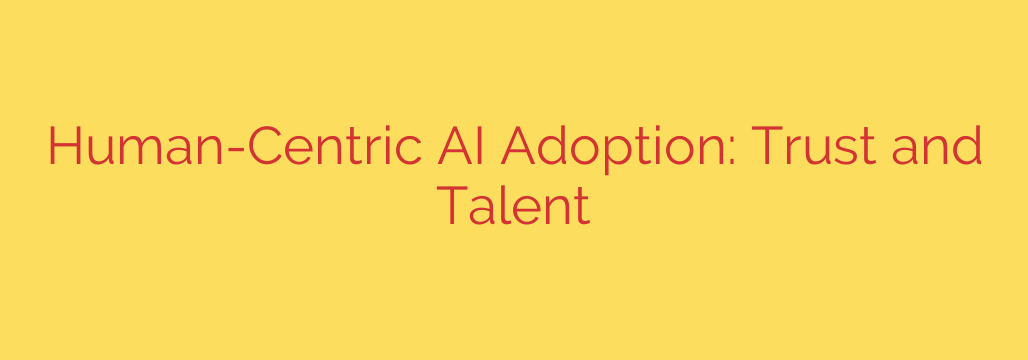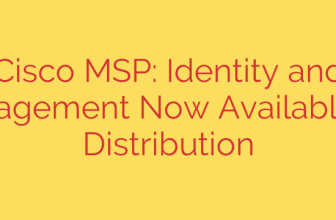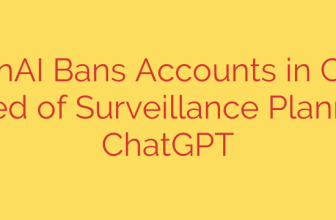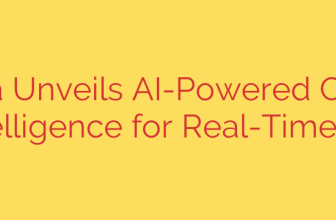
Beyond the Algorithm: Why a Human-First AI Strategy is Essential for Success
Artificial intelligence is no longer a futuristic concept; it’s a present-day reality transforming industries at an unprecedented pace. Companies are rushing to integrate AI to boost efficiency, unlock new insights, and gain a competitive edge. However, many organizations make a critical mistake: they focus exclusively on the technology, overlooking the most crucial element of any successful transformation—the people.
An AI strategy that ignores the human-centric aspects of adoption is destined to fail. True, sustainable success with artificial intelligence isn’t just about deploying the right algorithms; it’s about building a framework of trust and empowering your talent to thrive alongside new technology.
The Foundation of Adoption: Building Unshakeable Trust in AI
Before a single employee can effectively use an AI tool, they must trust it. A significant barrier to AI adoption is the inherent skepticism and fear it can generate within a workforce. Without addressing these concerns head-on, even the most powerful AI systems will face resistance and ultimately fail to deliver on their promise.
Building this trust requires a deliberate and transparent approach:
- Communicate with Radical Transparency. Employees are often worried about job security and the “black box” nature of AI decision-making. Leaders must be open about why AI is being implemented, what it will do, and, just as importantly, what it will not do. This means clearly defining how AI will augment human roles, not simply replace them. Transparency is not a buzzword; it’s a prerequisite for trust.
- Establish Strong Ethical Governance. Trust is impossible without clear ethical boundaries. Your organization needs a formal AI governance framework that outlines principles for fairness, accountability, and data privacy. Create an ethics committee or council to oversee AI projects, ensuring they align with company values and do not introduce unintended bias. When people know there are firm rules and human oversight, their confidence in the technology grows.
- Involve Employees in the Process. The best way to demystify AI and gain buy-in is to involve the people who will be using it. Instead of imposing AI tools from the top down, create pilot programs and feedback loops with frontline teams. This co-creation process not only results in better, more practical solutions but also transforms employees from passive recipients into active participants in their own future.
The Talent Imperative: Shifting from Replacement to Reinvention
The narrative that AI is coming for our jobs is both outdated and unproductive. The more accurate picture is one of transformation. While some tasks will be automated, AI also creates a massive demand for new skills and capabilities. Forward-thinking organizations view this not as a threat, but as an opportunity to invest in their most valuable asset: their people.
Empowering your workforce for an AI-driven future involves a strategic focus on talent development:
- Prioritize Upskilling and Reskilling. Your existing employees possess invaluable institutional knowledge. The goal is to supplement that knowledge with the skills needed to work with AI. Invest in targeted training programs focused on data literacy, analytical reasoning, and understanding how to collaborate with AI systems. This builds a future-ready workforce and sends a powerful message that the company is invested in its employees’ long-term growth.
- Foster a Culture of Continuous Learning. The pace of technological change is accelerating. A one-time training session won’t be enough. Organizations must cultivate an environment where curiosity and continuous learning are core values. Encourage experimentation, provide access to learning resources, and reward employees who proactively develop new competencies.
- Redefine Roles to Augment Human Potential. The true power of AI is unlocked when it enhances human capabilities. Shift the focus from task automation to role augmentation. For example, an AI can analyze thousands of data points, freeing up a financial analyst to focus on strategic interpretation and client relationships. Frame AI as a collaborative partner that handles repetitive work, allowing humans to concentrate on creativity, critical thinking, and complex problem-solving—skills that remain uniquely human.
Ultimately, successful AI adoption is a leadership challenge, not just a technological one. By placing people at the center of your strategy, you can build the trust and develop the talent necessary to not only implement AI but to truly harness its transformative power. The companies that thrive in the coming decade will be those that remember technology is a tool, but people are the purpose.
Source: https://feedpress.me/link/23532/17179835/trust-and-talent-the-human-foundations-for-ai-adoption








